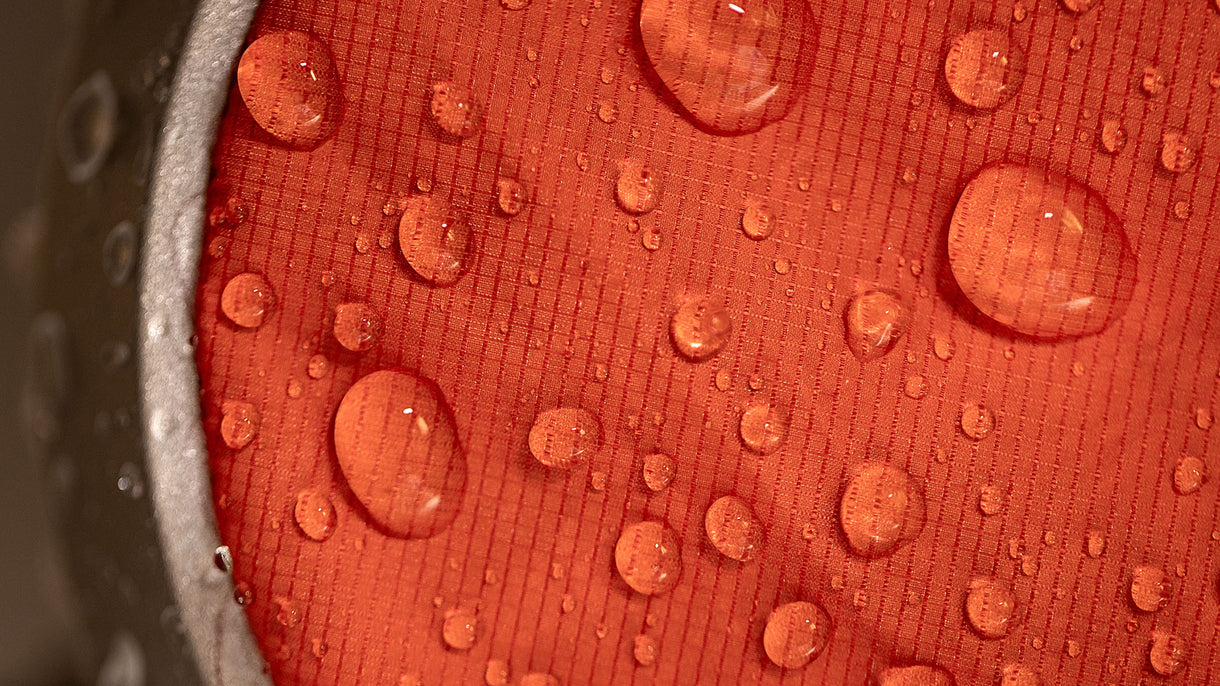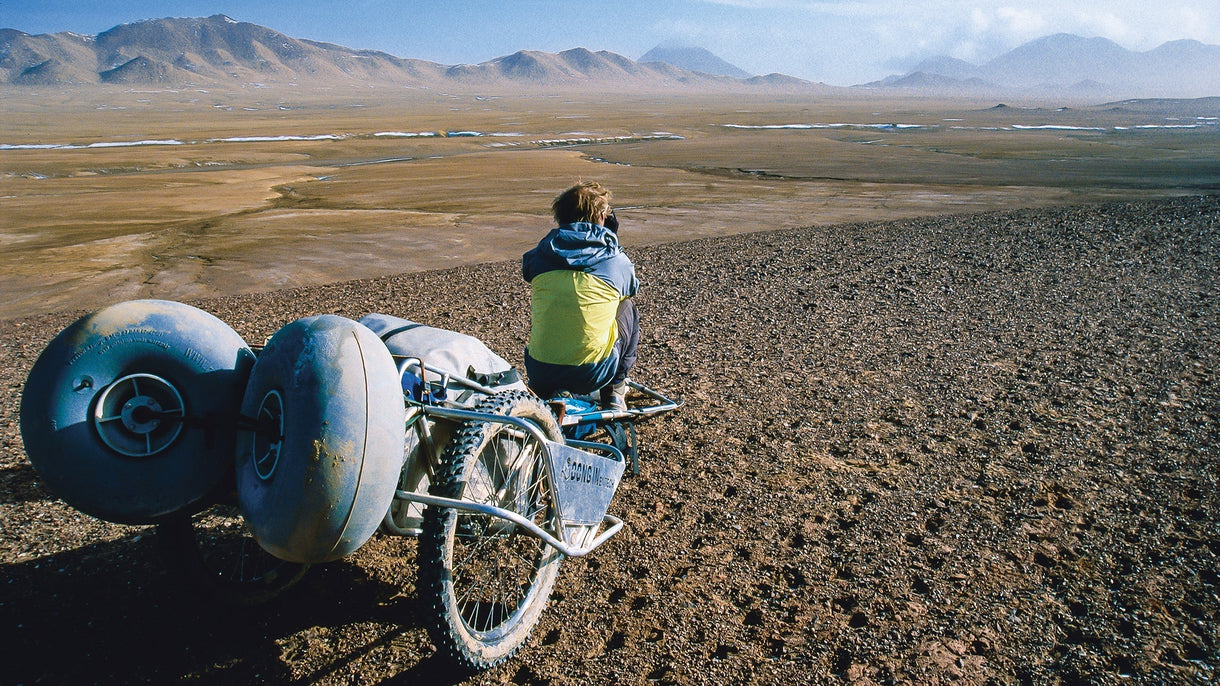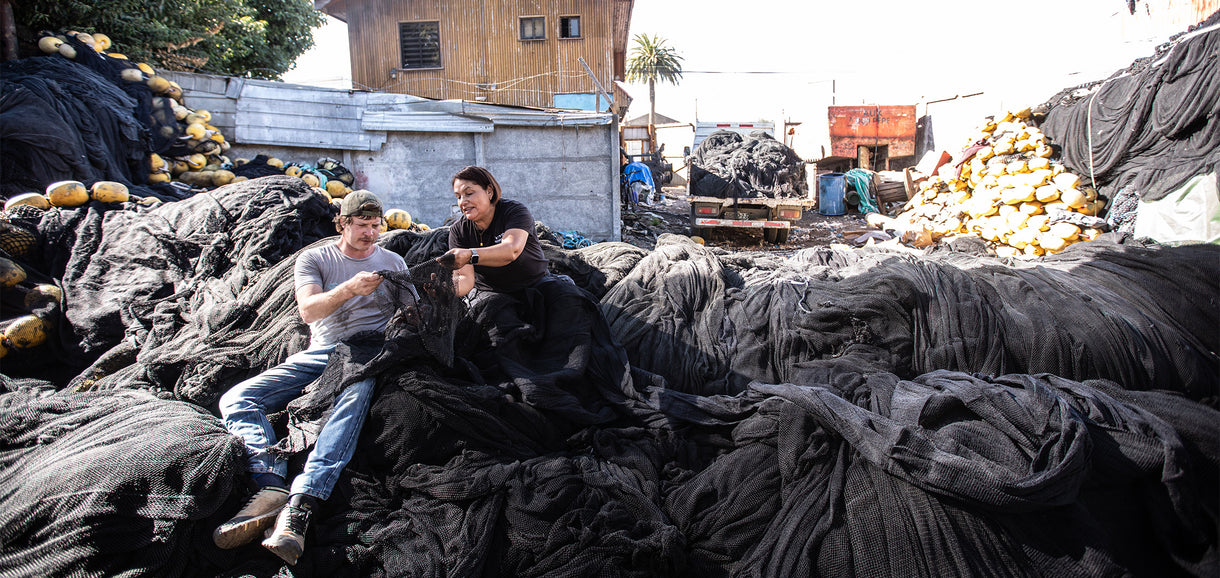Their depth of character becomes evident as we weave ourselves into their lives and ecosystems. But we often tell our stories and not theirs. Our new film Treeline follows skiers and snowboarders as they move through three extraordinary forest landscapes across Japan, British Columbia, and Nevada, exploring the connection between humans and our oldest living companions. Below is an essay from Taro Tamai as he moves through Hokkaido, connecting with the indigenous trees of the area. This essay is part three of a four-part series.
Riding in Niseko, Hokkaido mostly means riding through trees. Most are heavily bent, hard birch deciduous trees, reaching their branches wide to their sides. Their sporadic spacing pulls each rider’s creativity to the front. The forest and the gentle angulation of the slopes have made a strong impact on the board design for my snowboard company, Gentemstick, too. The tail, base and sidecut designs have been adjusted to carve the snow freely, and there’s a special type of rocker in the nose to smoothly approach transitions in concave terrain.

Tamai harnessing the upside of a natural quarter pipe on the flanks below Mount Yotei. Hokkaido, Japan. Photo: Garrett Grove
Many other thoughts have come from riding in these forests—the ultimate goal is to unify with the natural environment. If your aim is to go as fast as possible or to win a competition, you use whatever materials allow you to achieve that goal. There are many kinds of materials in this world, but I believe wood is the best when it comes to the riding feel I want. Wood is essential in our lives and can be found relatively easily. As a core material, different woods can offer a variety of properties. However, using wood means we can’t waste it. I don’t want to make disposable boards.

A priest performing a ritual inside the “jinja,” or shrine, beyond a torii gate. Torii gates mark the line between the world of humans and the world of the gods. Hokkaido, Japan. Photo: Garrett Grove
There is one forest where I find the most prestigious wood for core material. It’s a forest with a beautiful stream, home to the amago trout that boasts admirable red dots on their bodies. There is a special place in that forest, which is restricted to public access. Back in the feudal era, the shogun of that time, Ieyasu Tokugawa, needed cypress trees to build his castles so the forest was clear-cut. Afterward, the forest was managed for the next 300 years and has also become home for the special hinoki (cypress) trees. Every 20 years, hinoki is used for the restoration ceremony of the 2,000-year-old Shinto shrine Ise Jingu. When they thin that forest for the ceremony, I use the leftover wood for the core of my boards. Young hinoki trees are supple and the best for making snowboard cores. Thanks to the people living in Uematsu Town, I’m allowed access to good-quality straight lumber without knots. Those beautiful hinoki timber cores provide unparalleled riding performance for weaving through trees. Gentemstick boards are a physical manifestation of the philosophies I’ve developed by listening to nature and hearing the forests speak.
Treeline film- tour coming soon.























































